
 Language
▼
Language
▼
More Language

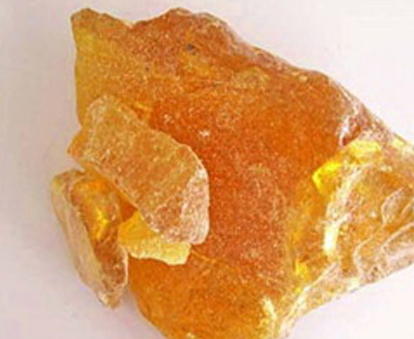

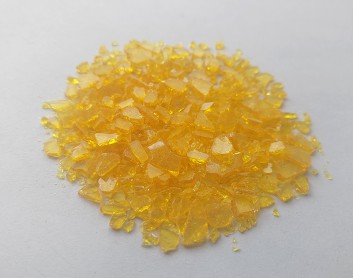
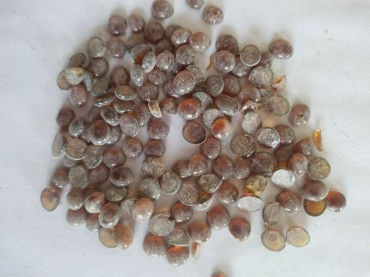
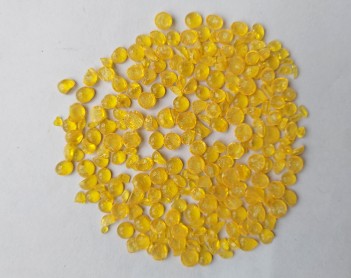
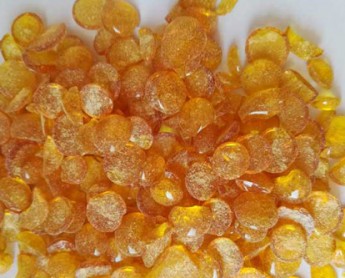
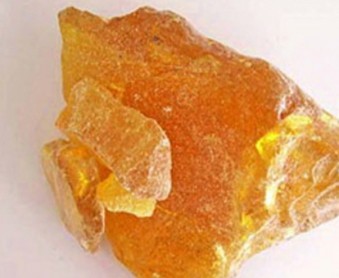

Technical analysis of low melting point resin of carbon nine petroleum resin
I. Definition and characteristics
Low melting point range:
Low melting point carbon nine petroleum resin usually refers to the model with softening point between 80-110℃ (ring and ball method), lower molecular weight (300-1000), and better melt fluidity.
By controlling the polymerization temperature and catalyst type (such as lowering the thermal polymerization temperature to below 200℃), the softening point of the resin can be reduced in a targeted manner.
Physical and chemical properties:
Solubility: It is easily soluble in solvents such as toluene and acetone, and has excellent compatibility with materials such as EVA and SBS, suitable for rapid melting and blending.
Stability: It retains the acid and alkali resistance (pH 3-12), water resistance and weather resistance of carbon nine resin, and is suitable for humid or outdoor environments.
II. Core application areas
Hot melt adhesive:
Replace rosin resin in SBS/EVA-based hot melt adhesive, provide rapid melting performance (120-150℃ processing temperature), and reduce the risk of yellowing (ΔE<2.5 after UV aging).
Used in paper packaging glue, label glue and other scenarios, initial adhesion ≥ 6# steel ball, sustained adhesion ≥ 12h/1kg.
Rubber processing aids:
As a low-temperature tackifier, it quickly disperses during the rubber mixing stage (80-100℃) to improve the interfacial bonding strength between the rubber and the fiber/metal.
When the addition amount is 3-5%, the tear resistance of the rubber is improved by 10-20%, and the vulcanization efficiency is not affected.
Paint and ink modification:
Used in low-temperature curing paint systems to shorten the drying time (surface drying ≤ 10 minutes) while maintaining the toughness of the paint film (impact resistance ≥ 50cm).
As a binder in ink, it improves the dispersion and printability of pigments and is suitable for low-temperature processes such as flexographic printing.
III. Product selection and supply
Mainstream model parameters:
Softening point classification: 80-90℃ (ultra-low), 90-110℃ (general low melting point), color numbers cover 9#-14# (light color to translucent).
Process adaptation suggestions:
For scenarios requiring rapid melting (such as hot melt adhesives), models with a softening point of ≤100°C are preferred;
When the temperature resistance requirement is >100°C, it is recommended to compound DCPD resin (ratio 1:0.2-0.4) to balance the performance.
Low-melting-point carbon nine petroleum resin, with its fast processing characteristics and environmental advantages, has gradually replaced traditional high-softening-point resins in the fields of adhesives, rubbers and coatings, becoming the preferred material for refined processing scenarios.
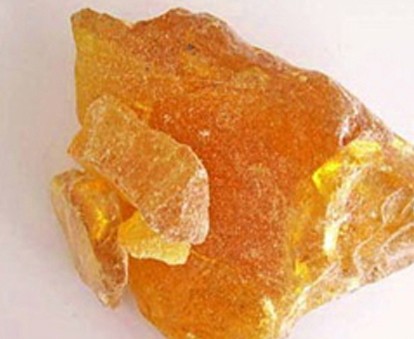
 Address:Linzi District,Zibo City,Shandong Province
Address:Linzi District,Zibo City,Shandong Province E-mail:wanbang@wanbangresin.com
E-mail:wanbang@wanbangresin.com WhatsApp:+8615053337101
WhatsApp:+8615053337101
China C5 hydrogenated petroleum resin supplier : Shangdong Wanbang New Materials Co., Ltd.
C5 hydrocarbon resin manufacturer has a wide range of applications, high quality, low price, and multiple uses.Welcome to consult.